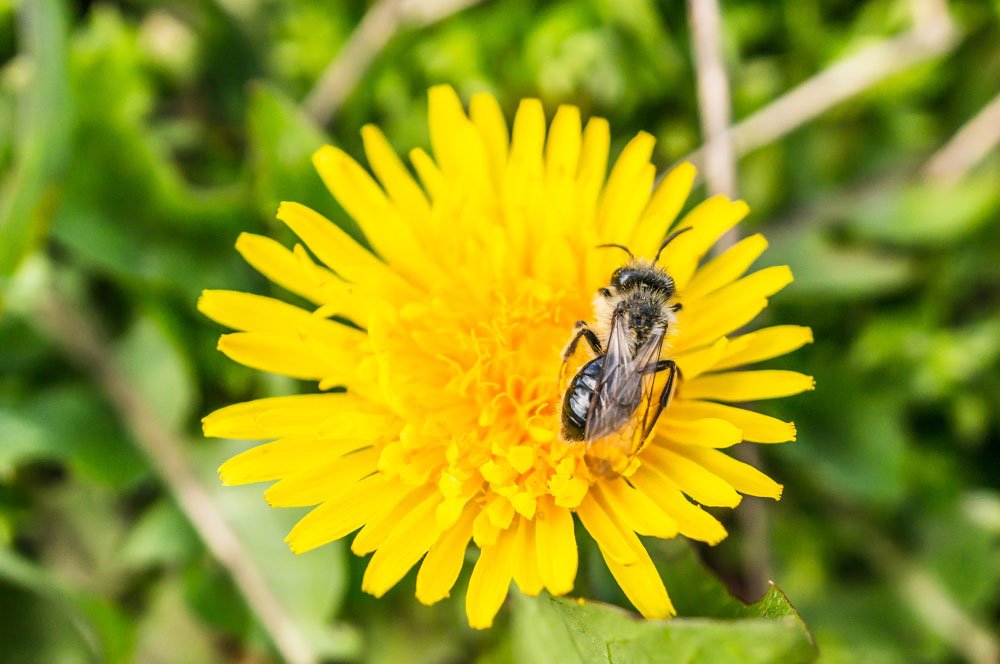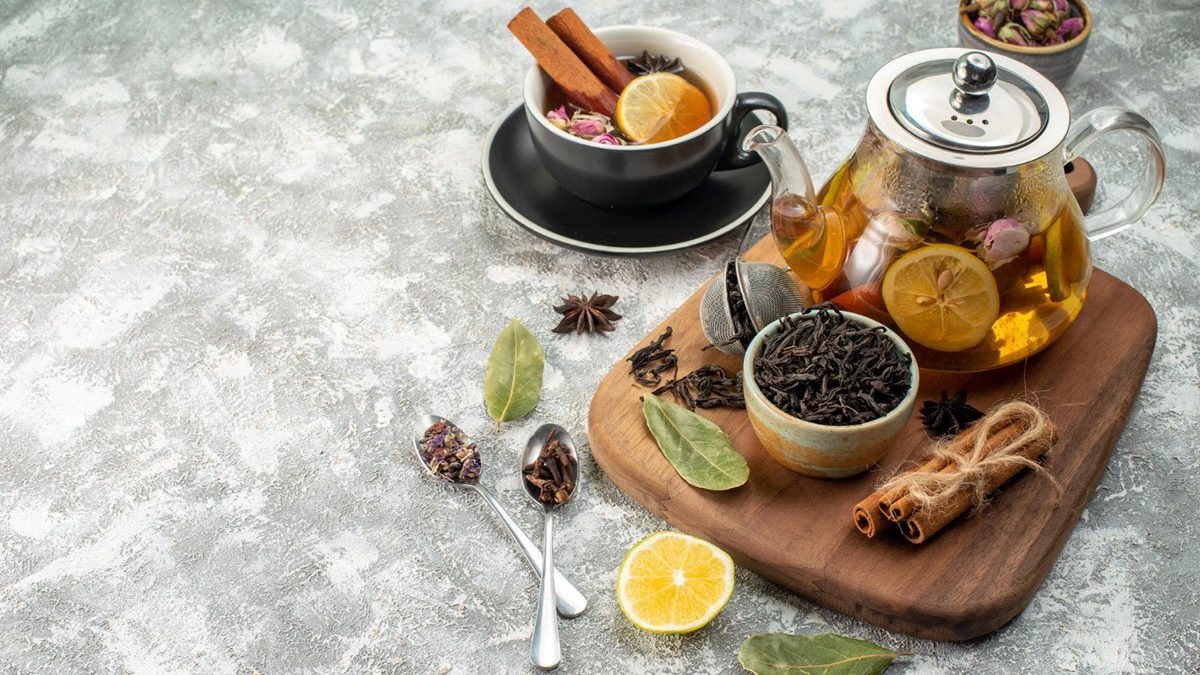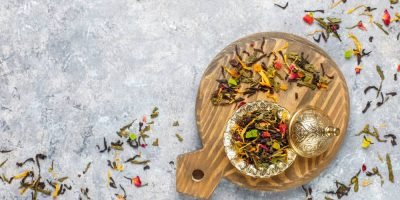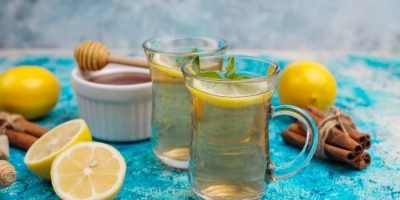
Dandelions are more than just pesky weeds. These little yellow flowers are packed with nutrients and offer a variety of health benefits.
Dandelions are rich in vitamins A, C, and K and minerals like iron and calcium. They also contain antioxidants that can help protect your cells from damage.

What are Dandelions?
Dandelions are one of those flowers that people love to hate. They are often seen as a weed that takes over gardens and yards. But what if I told you this flower is edible and has many health benefits? This article will show you how to make the most of dandelions.
Dandelions are members of the Asteraceae family, including sunflowers, daisies, and chrysanthemums. The scientific name for dandelions is Taraxacum officinale. They are native to Europe, Asia, and North America but can now be found worldwide.
Dandelions are a significant food source for bees and other pollinators. The flowers are rich in nectar and pollen. The leaves are also a good food source for many animals, including rabbits, deer, and goats.
The entire dandelion plant is edible. The leaves can be used in salads or cooked like spinach. The roots can be roasted and used as a coffee substitute. And the flowers can be used to make dandelion wine or beer.
Dandelions have many medicinal properties as well. They have been used to treat liver problems, digestive disorders, and skin conditions like acne and eczema. Dandelions are also a diuretic, which can help you eliminate excess water in your body.
There are many other uses for dandelions as well. The leaves can be used as mulch or compost. The flowers can be used to make natural dyes. The down from the seed heads can be used to stuff pillows or fill for stuffed toys.
Now that you know about dandelions, let’s learn how to harvest them. Dandelions can be harvested anytime from spring to fall. The best time to harvest is when the plant is in full bloom. To harvest, cut the plant at the base with a sharp knife or garden shears. You can eat the fresh dandelion or store it for later use.
If you want to store your dandelions, the best way to do it is by drying them. You can either air dry them or dehydrate them in a food dehydrator. Once dried, they can be stored in an airtight container in a cool, dark place for up to a year.
Now that we’ve covered how to harvest and store dandelions let’s get to the good part – recipes! Dandelion greens can be used in any recipe for leafy greens like spinach or kale. They can also be eaten raw in salads or sautéed with other vegetables.
One of my favorite ways to eat dandelions is in a roasted root salad. To make this salad, first roast the dandelion roots in a 400-degree oven for 30 minutes or until tender. Then chop them up into small pieces and add them to your favorite salad, along with some roasted nuts and crumbled cheese.

Uses for Dandelions
Food
Dandelions are an excellent source of vitamins and minerals and can be used in many dishes. The leaves are rich in vitamins A, C, and K, and also contain calcium, iron, and potassium. The flowers are a good source of nectar for bees and other pollinators.
Dandelion leaves can be eaten raw or cooked. They are often used in salads or as a garnish. Dandelions can be used in salads, soups, and stir-fries. The leaves can be steamed or sautéed, and the flowers can be used to make dandelion wine or Dandelion tea. Dandelions are a versatile ingredient that can add flavor and nutrition to many dishes.
Medicine
Dandelions have been used in traditional medicine for centuries, and they’re still valued for their healing properties today. The entire plant is edible and can make teas, tinctures, or infusions. Dandelion root is especially effective in treating digestive issues like bloating, constipation, and indigestion.
The leaves are a good source of vitamins A and C, potassium, and iron. When made into tea, they can help relieve fevers and soothe sore throats. And when applied externally, dandelion juice can help heal wounds and relieve skin conditions like eczema and psoriasis.
Other uses
Other than eating them or using them to make dandelion wine, there are several different ways that you can use dandelions. Dandelions can be used as a natural dye. The flowers can produce a yellow dye, while the leaves can be used to make a green dye. Dandelions can also be used as a natural pigment for painting. The greens can also be used as a pot herb.
They are high in vitamins A and C and can be used in salads or cooked like spinach. The flower heads can be added to salads or used to make dandelion fritters. The roots of the dandelion can be roasted and ground to make a coffee substitute. Dandelion tea is also said to have many health benefits, including aiding digestion and helping to detoxify the liver.
How to harvest dandelions
- The leaves can be used as salad greens
- The flowers can be used to make dandelion wine
- The roots can be used to make dandelion coffee
To harvest dandelions, you must wait until they are in full bloom. Once they are blooming, cut the stems about an inch above the ground. You can then dry the dandelions by hanging them upside down in a dark, well-ventilated area. Once the dandelions are dry, you can use them in various ways. To make dandelion wine, you will need to ferment the flowers. To make dandelion coffee, roast the roots and grind them into a powder. And to use the leaves as salad greens, wash and chop them up.
How to store dandelions
Dandelions are best stored in a cool, dark place. Store them in a paper bag or container with a lid. Be sure to label the bag or container so you know what is inside. Dandelions can last up to two weeks when stored properly.
Dandelion recipes
Dandelions are often considered a weed, but did you know they are edible? All parts of the dandelion are edible, and they can be used in a variety of recipes. This section will cover some of the best dandelion recipes, including dandelion salad, roasted dandelion roots, and dandelion tea.
Dandelion Salad
Dandelions are a delicious and nutritious addition to any salad. They are high in vitamins A and C, fiber, and potassium. Dandelions are also a good source of calcium, iron, and magnesium. To make a dandelion salad, wash the dandelions and remove the root. Chop the leaves into bite-sized pieces and add them to your favorite green salad. You can also add chopped dandelion flowers, which are mildly sweet and a beautiful addition to any salad.
Roasted Dandelion Roots
Dandelion roots can be roasted and used as a coffee substitute or added to coffee for a richer flavor. To roast dandelion roots, first wash and chop the roots into small pieces. Spread the pieces on a baking sheet and roast at a low temperature (200 degrees Fahrenheit or below) for about an hour or until they are dry and slightly browned.
Once roasted, grind the roots into a powder using a coffee grinder or food processor. Add two tablespoons of roasted dandelion root powder to one cup of hot water to make dandelion coffee. If you want a stronger flavor, simmer the roots in water for 10 minutes before straining them. For iced dandelion coffee, brew a double-strength batch and pour it over ice. You can also add milk, honey, or other flavors to taste.
Dandelion Tea
Dandelion tea is an herbal tea made from the leaves and roots of the dandelion plant. It has a bitter taste but is also high in vitamins and minerals, making it a healthy choice for those seeking an alternative to traditional teas. Dandelion tea can be found in most health food stores and online. To make dandelion tea, simmer the leaves and roots in water for 10-15 minutes, then strain and enjoy.
Post Disclaimer
The information contained in this post is for general information purposes only. The information is provided as is and while we endeavour to keep the information up to date and correct, we make no representations or warranties of any kind, express or implied, about the completeness, accuracy, reliability, suitability or availability with respect to the website or the information, products, services, or related graphics contained on the post for any purpose.
These statements have not been evaluated by the FDA and are not intended to diagnose, treat, cure or prevent any disease or health condition. If you have specific healthcare concerns or questions about the products displayed, please contact your licensed healthcare professional for advice or answers.



















